
Frank
-
Content Count
722 -
Joined
-
Last visited
-
Days Won
20
Content Type
Profiles
Media Demo
Forums
Gallery
Calendar
Store
Posts posted by Frank
-
-
9 hours ago, CarpeDiem said:
What sized cables do you have on that? To meet the standard @ 240amps/3kw you'd need 70mm2 for a 1m distance between battery and inverter.
That's some pretty hefty cable

Off the top of my head I cant say as that work was done by Half Moon Bay Electrical , they also did the AC side and organized the Inspector for the compliance sign off..
I will check it out later and report back
-
Foot Note
A while back we calibrated the system monitor and needed to take the battery down to about 10% . From memory we had to boil 36 jugs of water (1L) together with a heat gun on low power and all the lights one etc it took well over an hour as I recall and the solar was disconnected. Day to day we have never sucked it below 75% but that might change when we are in the SI in Autumn.
-
9 hours ago, ballystick said:
Now insurance companies coming down hard on gas systems, requiring gas certificates for systems that have been present in boats including production boats since launch date, 30 years plus. After my last gas cert bill of $1600 plus I am contemplating switching to LiFePo4 batteries, incuction hobs and an air fryer oven in a solar/alternator combo, has anyone completed this changeover locally, what size inverter and battery Ah sizing etc?
On our Campervan the specs are
330 Ah Lifepo Battery, 13 V
3KW Inverter
440 W Solar
We run a 2100W Plug in Induction plate
800W Kettle
800W Microwave
Isotherm 12 V fridge (has a small freezer compartment)
Rooftop vent fan runs 24/7
Lighting, stereo etc etc
This system barely breaks a sweat and we will be adding a dedicated freezer later. So far the DC to DC charger has never kicked in ie Solar has been sufficient.
Caveat, we don't boil a kettle or use the microwave while cooking on the induction hob. We have used the kettle and MW simultaneously just for laughs, and it was obviously no problem.
Induction hobs regulate power uniformly down to about half power and then they go into some kind of Cycle on - Cycle off mode. For the type of meals we prepare I don't see the power draw going anywhere near the full 2100W. The Induction hob is the fastest cooking system I have ever used.
Needless to say the van does not have any LPG and if I ever built another boat I would install the above system in a heartbeat but it was expensive. On the boat we have an Alcohol stove so gas not an issue. On another boat im involved with we had to create a sealed gas Locker and replace all the plumbing with plastic sheaved copper tube except for the last bit where it couples to the stove, we did all the work ourselves except for the final hook up and certification. That piece of paper cost us $1200 5 years ago.
-
 2
2
-
-
5 hours ago, aardvarkash10 said:
Shelley Park was where Mrs Aardvark's parents sailed out of. Doesn't look a lot different now!
It hasn't changed at all, lack of road access is the main reason and long may it remain so

-
 1
1
-
 1
1
-
-
5 hours ago, aardvarkash10 said:
Nice housings! Teak, or mahogany?
SO has pelmets over the cabin windows and I fitted LED strips under them, four circuits individually dimmer controlled. Great indirect lighting and turned right down you can find your way around the cabin but there is no point source to mess with your night vision.
Recycled Mahogany, pelmets are a good idea, might have to steal that one !
-
 1
1
-
-
-
Made a boat, this was my father's first and only keelboat, he loved sailing but mum didn't like anything that heeled over so he sold it and built a ferro launch which was pig heavy and did not really heel much, but she still refused to go on it anyway.
Its all done from memory and an old photo but I'm fairly certain it was a 1916 Seabird 26 hull with modified rig and cabin. The second photo is the Shelly park cruising club members greasing the timber planks for a haul out session in the early 60,s lard from the freezing works was used as grease, yes rats were a problem at the club and still are.. Dads Boat is 2nd from left above the man with the hat and pipe, hard chine hulls seemed to be common back then, simpler times I suppose pre GRP.
-
 1
1
-
-
On 28/01/2024 at 3:53 PM, aardvarkash10 said:
SO has an Eno gas stove and it's a pita. Expensive parts, safety cutouts have a will of their own, I'm over it.
So we went back 35 years and got a Marine Stainless 2 burner Kero stove. I love it!
I have tried running it on a mix of different fuels because of the cost of Kero @ $6 a litre!!! In the end nothing burnt quick or clean so it's back to Kero but it's Jet A1. Buying it 10 litres at a time from the local airfield.
This is a quick test run before it gets fitted next weekend.
Mate those are Gold ! we have the Seven Seas Marine version jetted for Methylated spirits its 50 years old and still going strong. We buy fuel from TMK in 20L containers without the dye which otherwise clogs the jets. With Alcohol there is no smell but the Kero burns much hotter , only sticking with Meths because my wife is prone to seasickness and doesn't like the kero smell.
Spares can be purchased here
https://www.caravancamping.co.nz/shop/specialist-stoves/stove-parts/stove-parts-general/
Meths here
-
 1
1
-
-
2 hours ago, prince rupert said:
I would want to use it offshore. I heard in the USA starlink cracked on people doing what you did and kind off told them they d interrupt the service If used inappropriately.....
I am happy it worked for you and that you managed to get away with it, I don't know if I can be comfortable relying on it like that...
I saw somewhere that folks are setting up "Starlink for RV" (Starlink Roam) on their boat it is OK for coastal with a range of 30 NM ??
Others on here with more knowledge will correct/confirm.
-
Cant see a problem with it, pick your weather window carefully or use a weather routing meteorologist like Bruce Buckley etc
-
On 20/12/2023 at 11:15 AM, Bad Kitty said:
Get something turned up to fill the gap for now, it doesn't need space shuttle accuracy.
What he said, or stacksome SS washers if possible.
-
Like you I tried mainsail battens, they were hopelessly floppy so I switched to PVC conduit which did the job nicely but from memory it needed to be 25 or 30 mm dia.
They were a PITA to stow so after a few seasons I went back to a simple battenless tent, easy to fold and stow.
-
Same problem cruising in Fiji last year, apparently they are tiny jelly fish larvae and almost invisible, yes they itch like the devil for a few days, we used Soov ointment which helped a bit.
-
Summer
in MarineTalk
Is that a Space Elevator in the foreground

-
Decided to model my fathers first boat which as a youngster started my love of the sea and sailing. Dad said she was a Great Lakes Bonny design but the interweb reports nothing on that so my guess is she was marconi rigged Seabird Yawl (oxymoron I know
 with a modified cabin. The Seabird is the correct length and matches her hard chine hull form so I'll do a mash-up from this baseline, a few vague memories and the partial image on an old photo. laminating in the vertical plane should be fun for a change.
with a modified cabin. The Seabird is the correct length and matches her hard chine hull form so I'll do a mash-up from this baseline, a few vague memories and the partial image on an old photo. laminating in the vertical plane should be fun for a change.
The recent purchase of a thicknesser has kickstarted this half model binge, so much easier when you can create any thickness at will.
-
On 6/01/2024 at 8:36 PM, LBD said:
Productive (3 day) weekend...
1)Installed a 30L Quick Hot water system, works a treat, nice to have hot water on tap and a warm fresh water wash at the end of the day.
2) Removed the stbd genoa track cleaned and primed the deck then replaced the track on a series of Micarta/Tufnell pads all well sealed on Butyl/mastic tape with large washers beneath the deck to spread the load. The gaps in the packers allows the water to drain through... all in all, a good watertight outcome. The fasteners inside the back of the galley cupboards were a challenge to get at. Next 3 tracks are easy to access..
3) Made a celebratory dent in a new bottle of rum as a reward for the above effort.
Ooooof ! nice work, the Tufnell looked good too

-
Nice ! and jealous !
-
On 1/01/2024 at 4:23 PM, Addem said:
Too right. I'd live to have a few of my past boats. How much would I pay though...dunno. it'd be interesting to know how many hours are involved.
You should be able to find your past yachts here, the available range is vast, (167 pages) expect to pay north of $385 US, the shipping to NZ could be expensive .
-
-
On 2/01/2024 at 11:23 AM, Saltynuts said:
The big head scratcher is what would a half hull of a catamaran look like and would it cost twice as much???
Or 1/4 as much because you are only building half of a half of the boat

-
Likewise I had to google that product but It was useful because I'm pondering getting an electric OB at some stage too. I do like the name though and its almost worth the purchase just for the bragging rights. When I was trying to wrap my head around the van LiFePo battery I found this diagram of the charge profile "helped me with my thinking", as you can see its relatively flat compared to other chemistries, my interpretation was
Charging: At 13.6V the battery is starting to charge from near empty (10%)
Discharge: At 13.6V the battery has just started to deliver the useable 80% of its available capacity.
This site here has some very good information
https://www.solacity.com/how-to-keep-lifepo4-lithium-ion-batteries-happy/
Here are their Take Home Lessons for LiFePo to prolong life
Take-Home Lessons
Now that we know how lithium-ion batteries work, what they like and dislike, and how they ultimately fail, there are some pointers to take away. We have made a little list below. If you are going to do nothing else, please take note of the first two, they have by far the most effect on the overall time you will get to enjoy your lithium-ion battery! Taking heed of the others will help too, to make your battery last even longer.
To sum up, for long and happy LFP battery life, in order of importance, you should be mindful of the following:
- Keep the battery temperature under 45 Centigrade (under 30C if possible) – This is by far the most important!!
- Keep charge and discharge currents under 0.5C (0.2C preferred)
- Keep battery temperature above 0 Centigrade when discharging if possible – This, and everything below, is nowhere near as important as the first two
- Do not cycle below 10% – 15% SOC unless you really need to
- Do not float the battery at 100% SOC if possible
- Do not charge to 100% SOC if you do not need it
- KISS (Keep It Simple Smart-person) – avoid series-connected lithium batteries, avoid heated batteries unless absolutely needed


-
31 minutes ago, K4309 said:
There was a guy in the BOI doing half models commercially. But that was maybe 15 years ago now.
I got one done of our boat as a gift for my father. Was about $250 ish at the time. I didn't have line drawings so had to take detailed profile photos of the hull out of the water. He sent me approximated line drawings from the photos, which I reckon were top notch.
That is very good value, I found a place on line that looked to be in the caribbean somewhere, they had a long list of designs for which they would ship you a half model but they were $450 US sans freight. One or two on their list that I was familiar with looked to have basic detail errors though.
-
Yep, its surprising how much you can establish with a tape measure basic and data such as LOA, beam, draft etc. Then photos can give you a good approximation of sheer line, bow/stem/keel/rocker/rudder etc. I paste the photos into 2D CAD and trace over them, a camera does create distortion but you can compensate somewhat. The only aspect that is hard to really nail are the frame profiles/sections etc but the transom is a known and you can wing from there.
The result wont stand close scrutiny if someone has the drawings and gets out the the calipers but its close enough to be instantly recognized as the design in question. There are ways to take off the frame profiles, which would be needed if you wanted to build a copy and did not have the original drawings, that would have to be a very old boat I would imagine. Back in the day apparently a lot of vessels started out as a half model and then the builder just ripped into construction of the full size boat taking measurements from the model, no drawings just a lot of experience and a practiced eye, they probably still do it that way in less developed areas of the world.
-
I decided that Kuaka needed, a companion flying off the port bow

Another here is my carpenter 29 in kauri with Mahogany WL, the backboard is from an old oak cupboard.
The basic process is straightforward and anyone who can use a jigsaw, plane, spokeshave and sandpaper will find it easy. If you have a lines plan just xerox the WL sections at 1/12 scale and glue to the laminations with spray on Ados F2. Cut them out with a jigsaw or if you have one a bandsaw, then stack and glue them in correct order bread and butter style (Modified PVA is good) From there rough it down to the intersections with plane and spoke shave but don't quite loose the junction lines, cut out one or two cross sections say midship and near the bow to use as checking templates as you go. Ease down to the final material removal checking for fairness with template and Mk1 eyeball. Painted versions have the advantage that you can use builders bog to correct any mistakes. As for painting well just do what you would on your full size boat, its the same process. Use Tamiya model masking tape as it seals well at the edge and gives a nice crisp line.
Kuaka took so long because I could not get the lines plan so I had to make several visits to the wreck to take measurements, and then draw it. Of course as soon as you get home you think of all the measurements you forgot, luckily it hasn't had an excavator put through it yet but as there are some rather posh estates overlooking the foreshore there I don't think that will be far off. I have never sailed the boat but have a sentimental connection because its been a feature in the local estuary since the early 1960's its the earliest yacht I can remember seeing. Its a sad end but now at least her memory is immortalized in the club lunch room


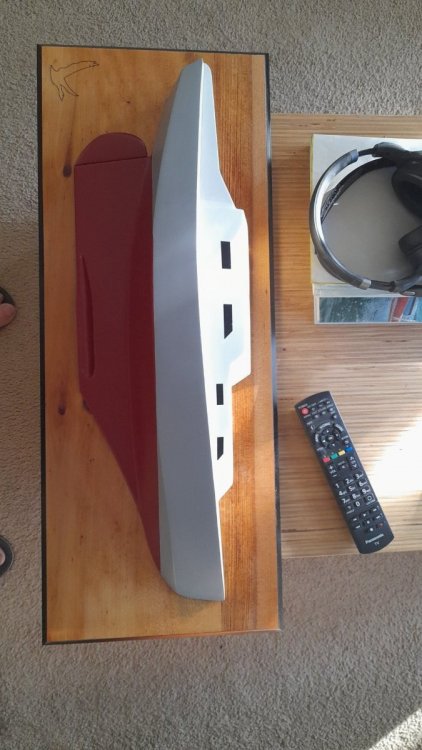

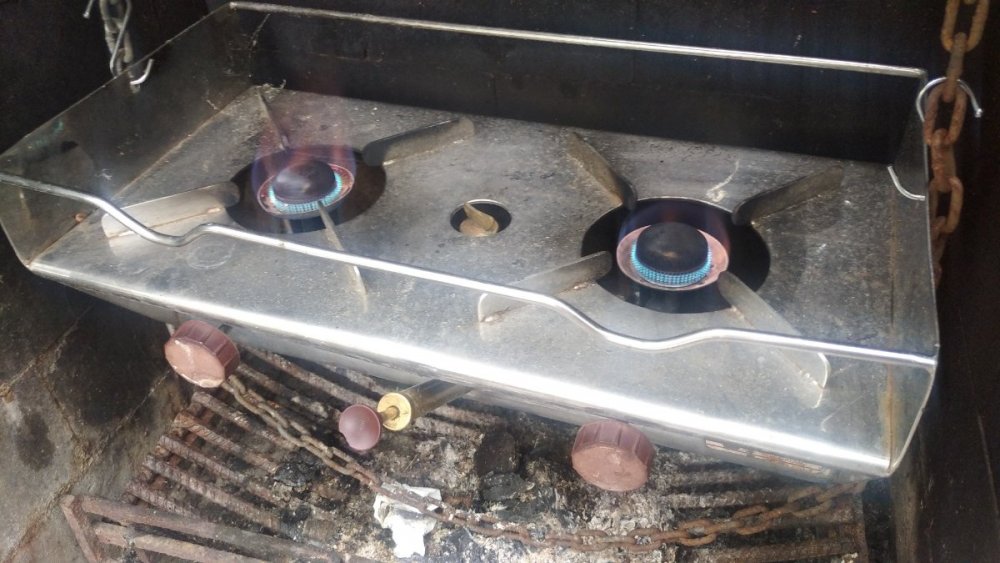

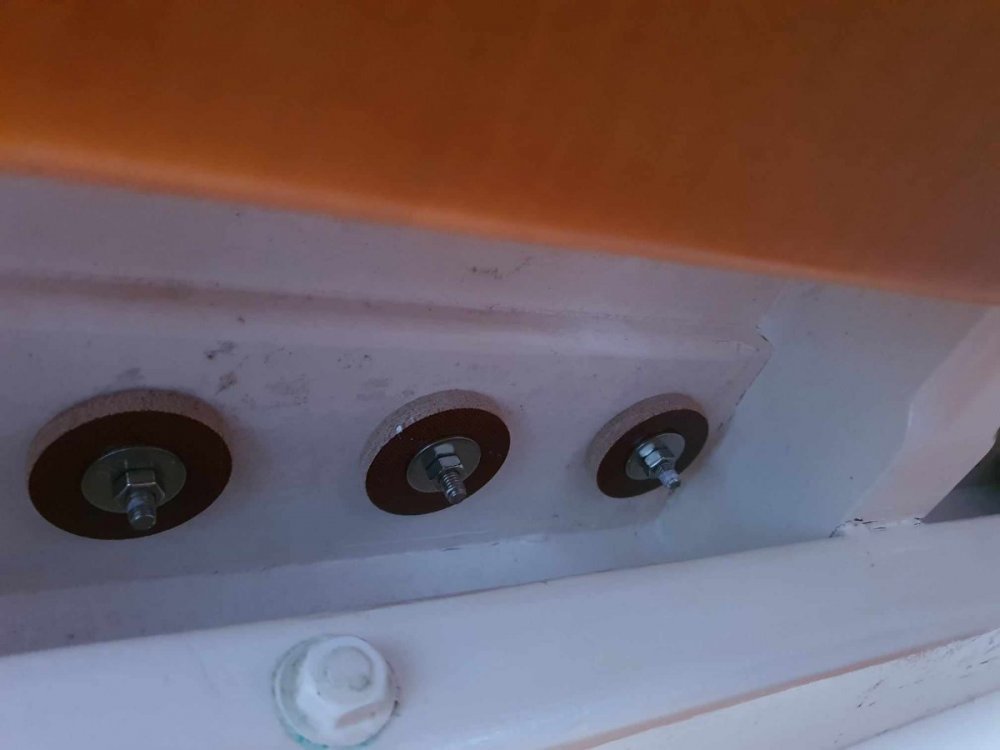
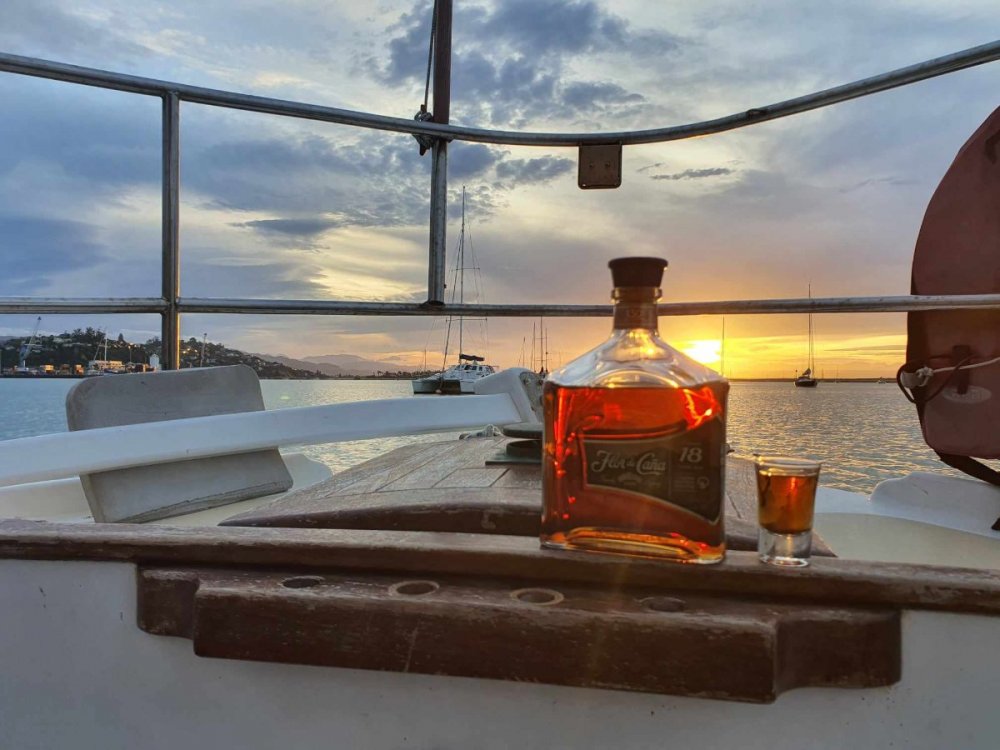

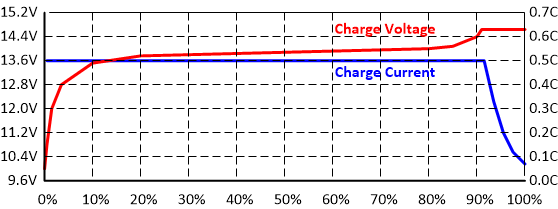
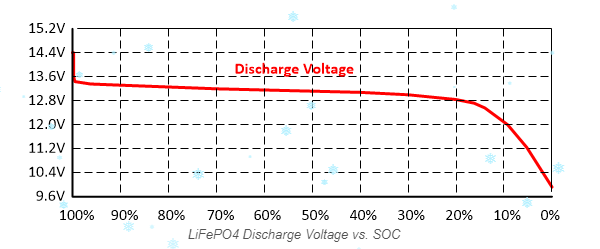

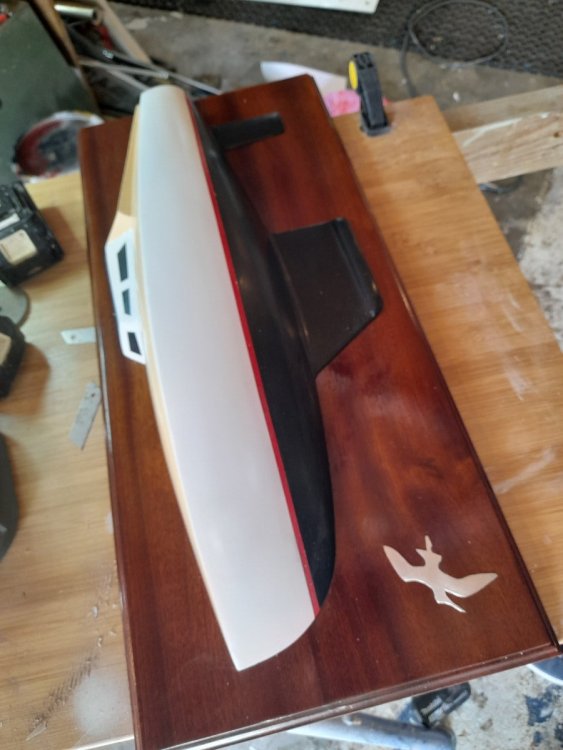
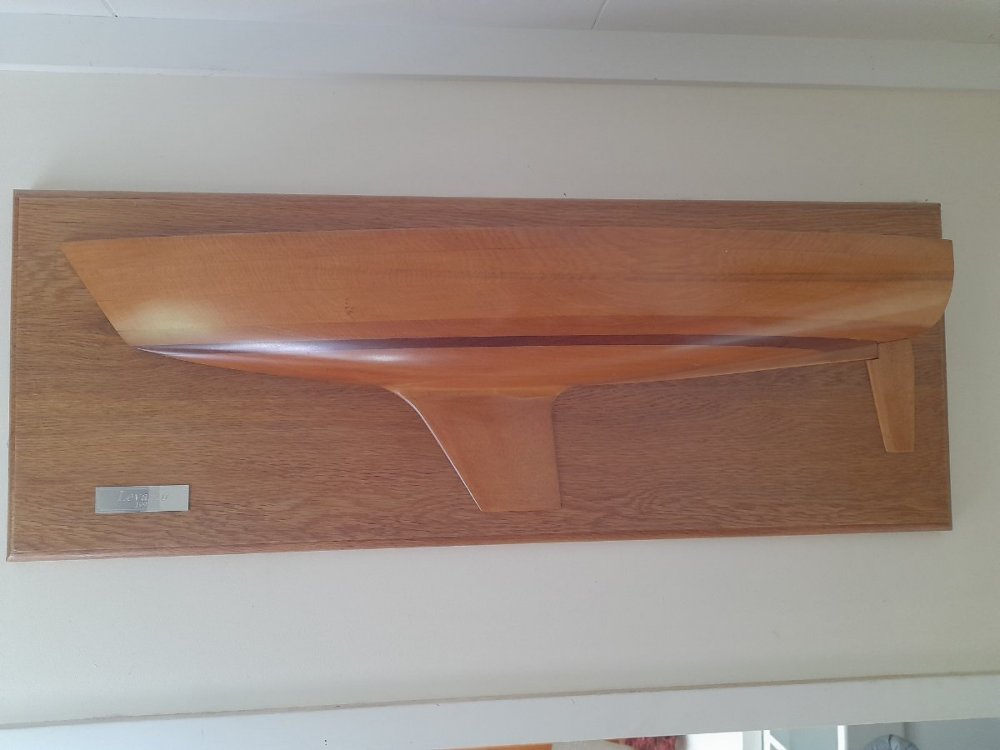
Gas out, induction in!
in TechTalk
Posted
On your typical radar arch on say a 40 ft offshore cruising yacht you would have near enough real estate for 400W , even if a bit shy,wing panels could be added.
Lithium batteries have substantially lower internal resistance so charge quite a bit quicker than AGM